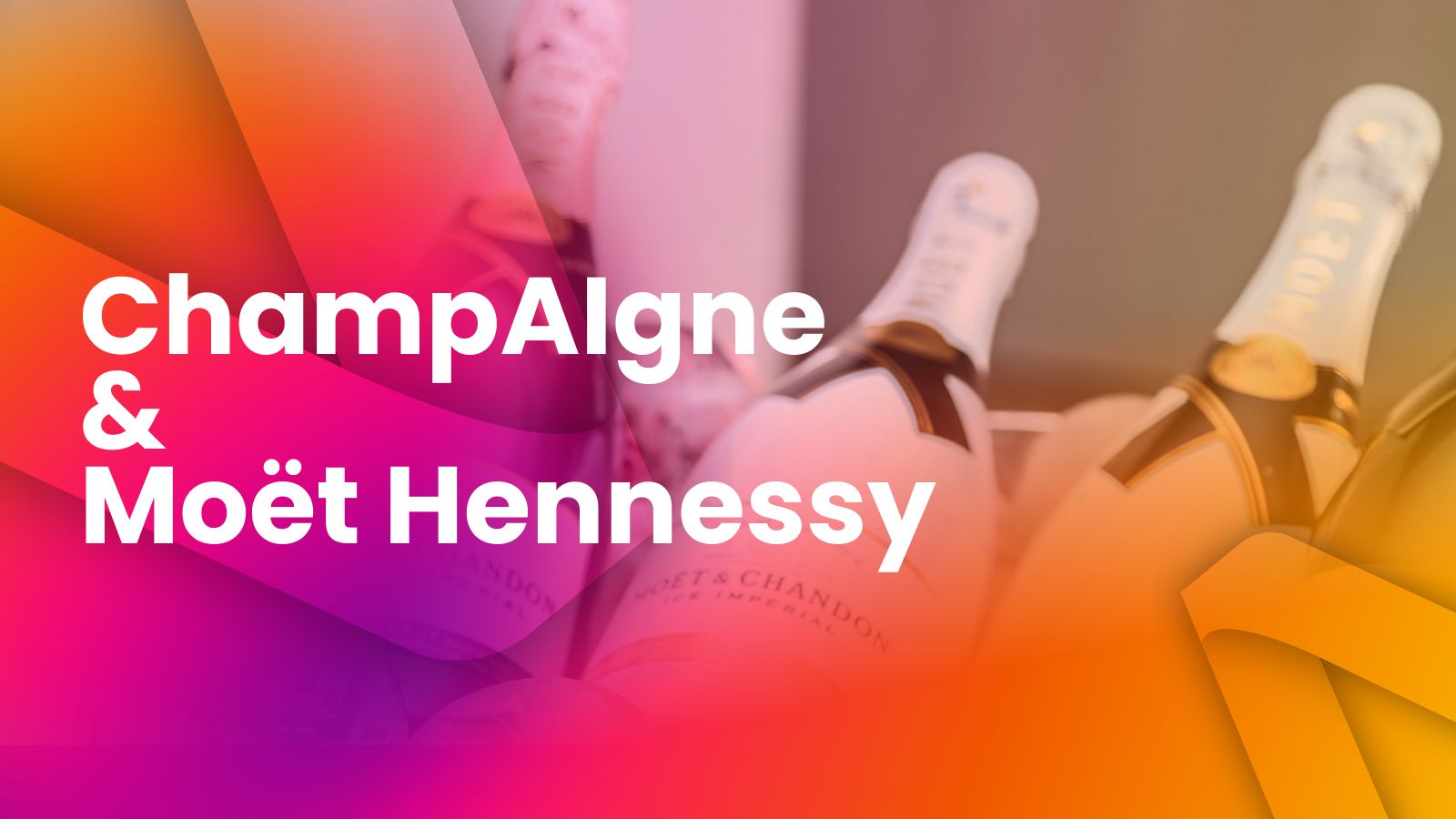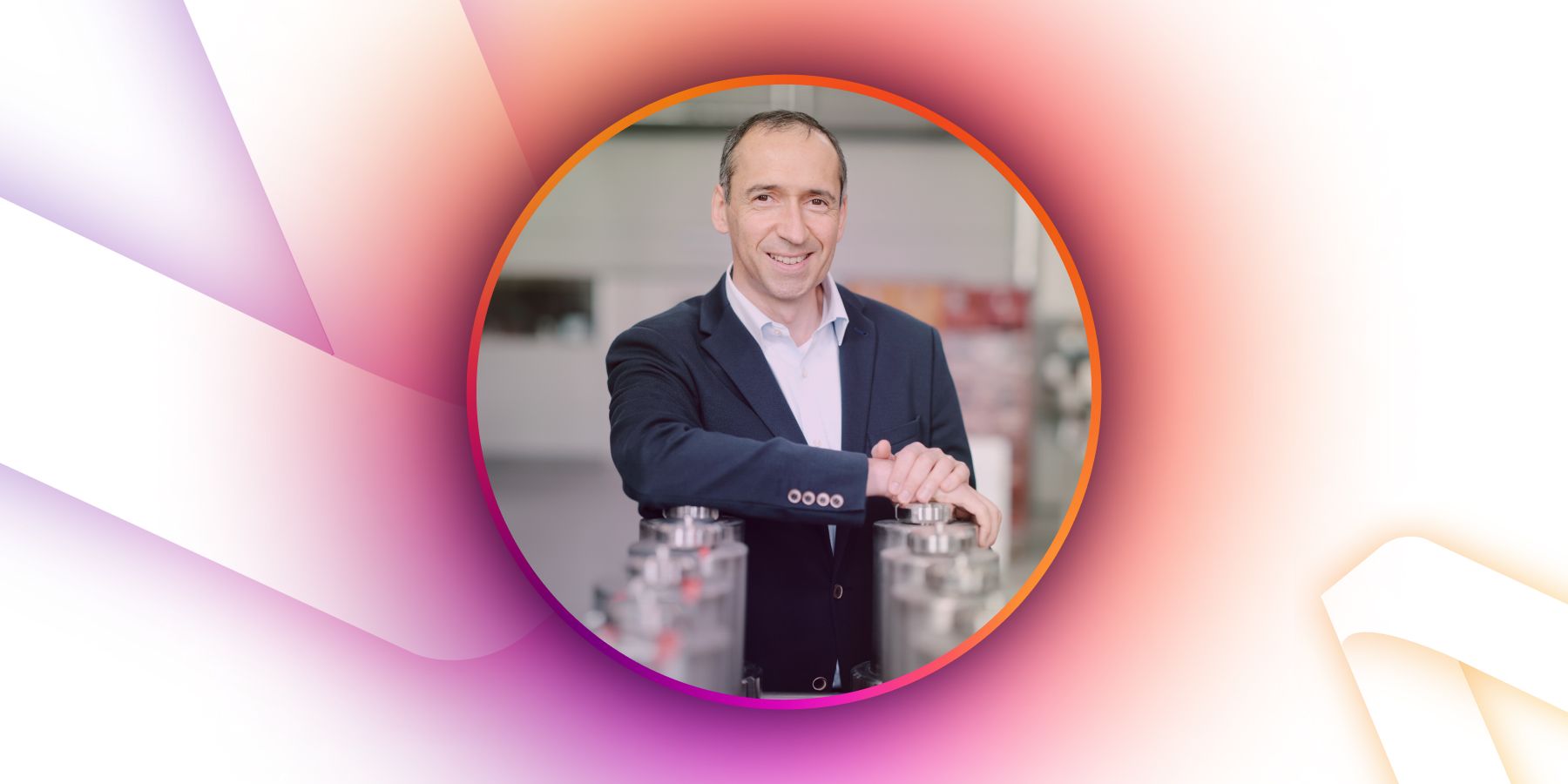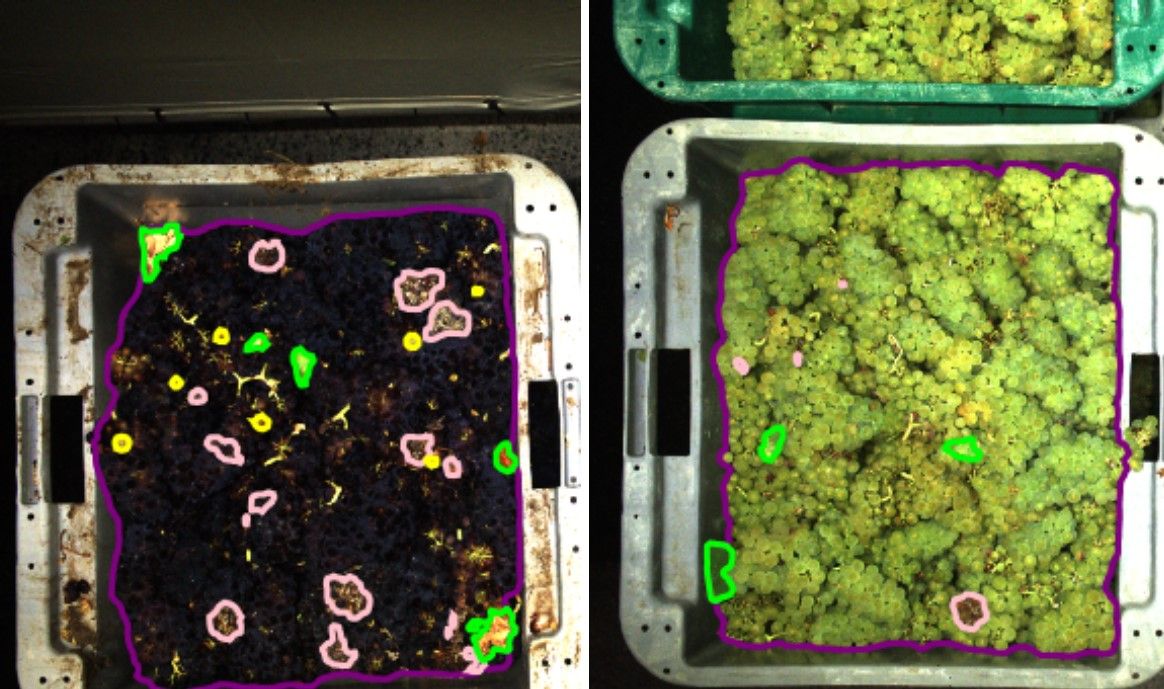 Artificial intelligence is increasingly permeating various industries. One you might not expect? AI is being used to make your favorite glass of bubbly.
Artificial intelligence is increasingly permeating various industries. One you might not expect? AI is being used to make your favorite glass of bubbly.
Moët Hennessy crafts luxury wines, spirits, and champagne, blending expertise, tradition, and innovation to create exceptional experiences. We spoke with Marc Brévot, R&D Director of the Robert-Jean De Vogüé Research Centre for Moët Hennessy to learn more about how AI is being used in their winemaking.
AI Starts with Data
For more than 20 years, data has been at the heart of Moët Hennessy’s research to ensure the excellence of their wines. “Our company was probably one of the first in the wine business to try to unlock the power of data, launching data acquisition and treatment projects as early as 2000,” Brévot explained.
Data has allowed Moët Hennessy to better analyze important parameters and guarantee the best quality fermentations, as well as evaluate the quality potential of each grape juice before fermentation. “Ten years ago data allowed us a breakthrough innovation with the development of a real-time fermentation monitoring system now implemented in all the Moët & Chandon wineries.”
“In terms of viticulture, data has been key to optimizing the harvest date by better understanding the grapes maturation process of a given year, it is involved in optimizing all the harvest complex logistics, it brings more precision in pressing management and most recently it has been useful to determine grape quality in the pressing centers.”
 Marc Brévot, R&D Director of the Robert-Jean De Vogüé Research Centre for Moët Hennessy
Marc Brévot, R&D Director of the Robert-Jean De Vogüé Research Centre for Moët Hennessy
AI in Winemaking
For Brévot, the evolution of AI has opened a new era in data. At Moët Hennessy, AI is now applied at various stages of the winemaking process.
“We use AI for the optical sorting of grapes. The first application was to learn from pictures of the black skin grapes delivered in the pressing centers.” The AI determines the potential color of the grapes and selects the best ones for red winemaking.
“A more recent usage is, again to learn from pictures of grapes, but this time to evaluate the eventual presence of rot, a prevalent problem for white winemaking,” he added.
“Currently, we are trying to apply AI to fermentations. Thanks to our in-house real-time fermentation monitoring system, we have accumulated a huge library of fermentation kinetics over the different vintages.” They would like to train AI to use this library to predict once the fermentation has started, and how it might continue. “We would be able to better anticipate the potential deviations and act preventively,” Brévot observed.
Sustainable Agriculture with AI
Artificial intelligence has proved helpful in more than one use case, especially when it comes to innovating for the planet. Brévot explains, “The wine and spirits industry is facing huge challenges related to climate change. For centuries, the driver for progress was product quality and over time our industry has developed by continuously improving an extremely successful production model. But climate change and environmental issues are challenging this model, requiring breakthrough innovations to reinvent ourselves sustainably.
In agriculture, the challenge lies in shifting to regenerative practices that harness ecological services, demanding a deep understanding of complex ecosystem dynamics achievable through AI-driven data analysis.
“Moët Hennessy strongly contributes to this challenge by increasing its research investments,” Brévot expressed. “Our new research center is an illustration of this involvement. So is the World Living Soils Forum created in 2022 by Moët Hennessy to address all these challenges to preserve and regenerate soils
 AI being used to identify anomalies in grapes. Photo credit: Moët Hennessy
AI being used to identify anomalies in grapes. Photo credit: Moët Hennessy
The Human Touch
Addressing climate change and reducing environmental impact require two key actions: finding sustainable biobased solutions and implementing precise, low-impact processes.
“In both cases, it means developing our ability to deal with extreme complexity, a complexity that goes far beyond what humans can actually deal with. Data and AI will give us the capacity to embrace the complexity and make the best decisions. These new technologies are not going to replace the human-added value, especially in our business where product elaboration is not just a matter of technics, it is also a matter of know-how, creativity, and intuition.”
“They will create a deeper and wider appreciation of the situation, an augmented decision capacity enabling the actors to be even more connected to nature in the future than they are now.”
The Future of AI Agriculture
This is just the beginning of the AI revolution, but Brévot expressed his belief that AI can be an opportunity to scale up, accelerate, and find innovative solutions.
“Regarding viticulture in the future, AI will be an important tool to understand not only how a vine is growing but also the behavior of the entire vineyard ecosystem. If we can manage to have this level of understanding, we will be able to act on the field smartly by leveraging ecological services rather than using external inputs.”
“In terms of winemaking, we foresee a huge impact of AI on lowering energy consumption and on fine-tuning fermentations and product aging,” he added.
Innovations at VivaTech
As we look forward to VivaTech, we can’t wait to explore similar cutting-edge advancements by LVMH, underscoring the intersection of tradition and technology in shaping the future of luxury.
Don’t miss LVMH’s stand where Hennessy will unveil, Ampelos, an augmented reality vine pruning training simulator, relying on a digital twin of actual vines in Cognac – an ultra-realistic digital reproduction both in textures, shapes, and colors – to position the learner in front of a vine as close to the real thing as possible, ensuring effective and injury-free pruning techniques no matter what season of the year.
Still haven’t booked your pass to VivaTech 2024? It’s this way to explore more innovative agtech solutions.
